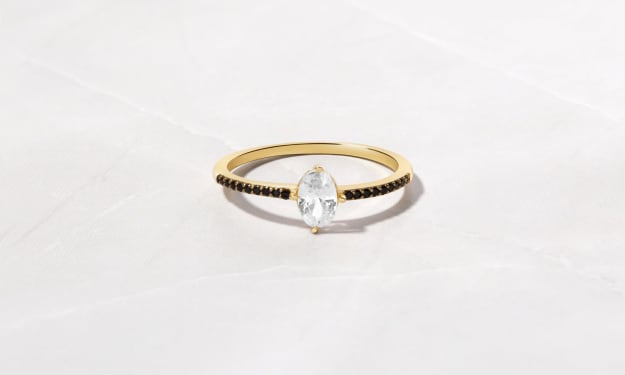Why plague doctors wore beaked masks?
Unveiling the Mystery: The Fascinating Reason Behind Plague Doctors' Beaked Masks

The year is 1656. Your body is wracked by violent chills. Your head pounds, your muscles are too weak to sit up, and you feel like rancid, hard-boiled eggs are squeezing out of your neck and armpits. In your feverish state, you see a strange-looking man approach, his face obscured by a beak-like mask, his body covered from head to toe. He examines you and even without seeing his face, you know the diagnosis: you have the plague. The plague stands out as one of the most terrifying and destructive diseases in human history. It swept across large parts of Afro- Eurasia in three separate pandemics starting in the 6th, 14th, and 19th centuries; killed tens of millions of people, and had— in the best of cases— about a 40% survival rate. The European plague doctor, with his beaked mask and wizard-like robes, is one of the images most popularly associated with plague today. He’s often found in books and films about the 14th century pandemic known as the Black Death. The only problem is that’s about as accurate as placing a modern surgeon at the court of Louis the 14th in Versailles. The confusion is understandable though— the Black Death had several aftershocks, including a series of devastating outbreaks in Western Europe during the 17th century. This is when the iconic plague doctor actually emerged on the scene. First described in the early 17th century, the outfit consisted of a hood with crystal eyepieces and a beak filled with a pungent combination of herbs and compounds. This could include cinnamon, pepper, turpentine, roast copper, and powdered viper flesh. This recipe was inspired by the famed 2nd century Greco-Roman physician Galen, and was thought to ward off poisoned air known as miasma. People believed this bad air spread plague after emanating from swamps and sources of decay, such as dead plants or animal carcasses. In earlier centuries, doctors across Europe carried metal pomanders filled with similar mixtures, and it’s possible that the beak evolved as a hands-free alternative. The rest of the costume, which included an oiled leather robe, boots and gloves, acted as kind of an early hazmat suit, likely designed to block miasma from entering through the skin’s pores. While this shows some basic understanding that plague spread from one place to another, these doctors couldn’t know that, in most cases, the true culprit was a tiny flea transmitting the bacteria, Yersinia pestis, from one person or animal to another. It’s possible that the plague doctor’s outfit may have provided some unintentional protection from flea bites. However, not enough information survives to know whether the costumed doctors fared any better than their ordinarily robed counterparts. It's no surprise that this bizarre getup has captured popular imagination, despite the fact that its use was limited to a few places in Italy and France during the 17th and early 18th centuries. Even at the time, it was viewed with macabre fascination and occasionally used to mock the ineffective and corrupt practices of some physicians. Until the 20th century, there was no effective treatment for the plague, but that didn’t stop doctors— costumed or not— from trying. They consulted the works of earlier physicians for guidance, did what they could to fend off miasma, and prescribed a variety of concoctions and antidotes. They also relied on pre-modern medical mainstays. These could include bloodletting, which involved draining (sometimes concerningly large amounts of) blood in an attempt to remove poison or restore the body’s natural balance. Or cupping, where the rim of a heated glass was placed over swollen lymph nodes in hopes of making them burst sooner— a sign, when it occurred naturally, that a plague patient was on the mend. Or— perhaps most painfully— cautery, which involved lancing the lymph nodes with a red-hot poker to release the blackened pus within. A lot has changed since their times. Modern medicine has given us the means to quickly identify bacterial as well as viral threats and to effectively mobilize against them. We also have access to technologies like test kits, masks to deter the spread of respiratory viruses, and vaccines; and we conduct robust trials to make sure they’re safe and effective. But some things don’t change: we still depend on the courage and compassion of medical professionals who voluntarily risk their lives against an invisible attacker to help and comfort those who need it most.
Despite the advancements in medical knowledge and technology, the image of the plague doctor in their distinctive beaked mask remains a powerful symbol of the devastating impact of the plague in history. The attire of the plague doctors serves as a reminder of the challenges faced by medical professionals in combating infectious diseases and the enduring quest for protection and prevention.
In conclusion, the beaked masks worn by plague doctors in the 17th century were not merely a fashion statement but a pragmatic response to the prevailing beliefs about disease transmission. These masks, with their intricate design and aromatic fillings, represented a combination of superstition, science, and necessity in the face of a deadly pandemic. The legacy of the beaked masks endures as a poignant reminder of the ingenuity and resilience of those who fought against the plague.
About the Creator
Enjoyed the story? Support the Creator.
Subscribe for free to receive all their stories in your feed. You could also pledge your support or give them a one-off tip, letting them know you appreciate their work.






Comments
There are no comments for this story
Be the first to respond and start the conversation.